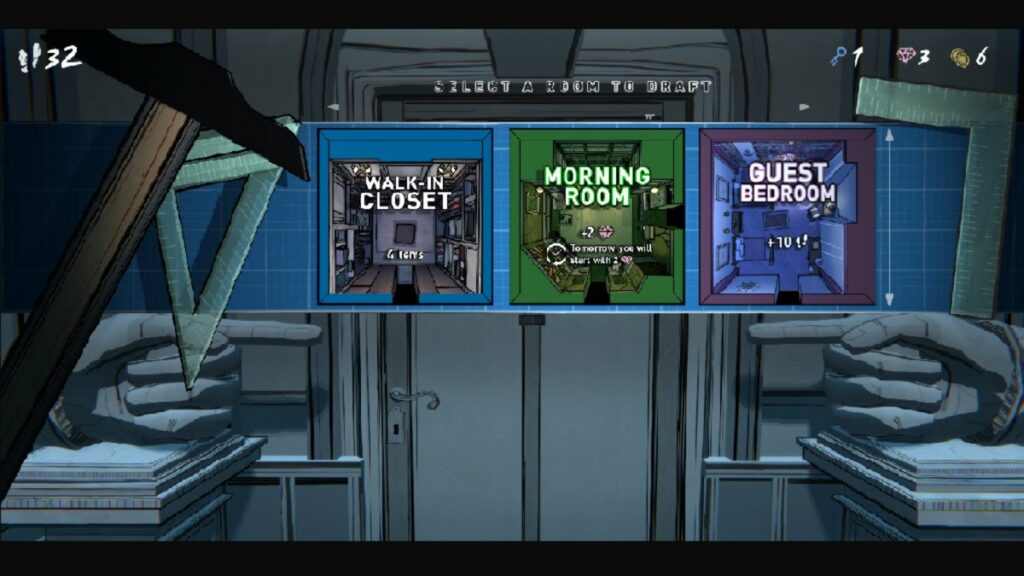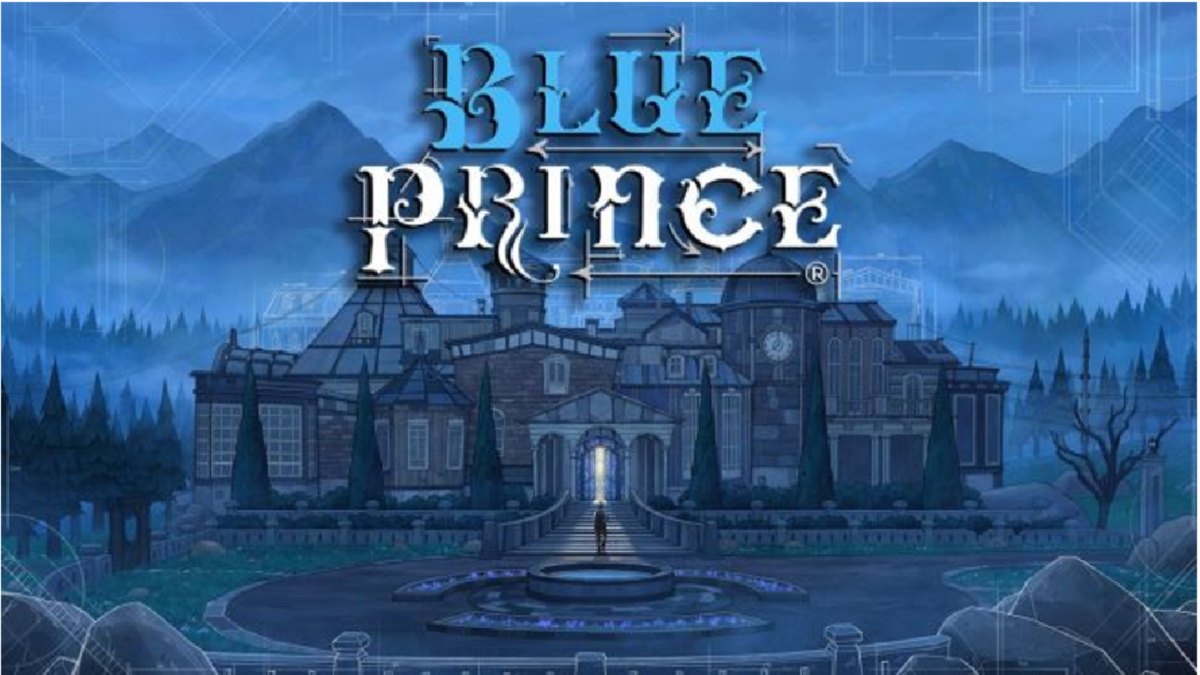Blue Prince is a captivating blend of roguelike structure and intricate puzzle design. It requires patience, sharp observation, and a willingness to dig deep into its layers of mystery. While the lack of accessibility features and in-game tracking tools presents hurdles, the core gameplay remains rewarding.
For fans of strategic planning, cryptic storytelling, and environmental puzzles, Blue Prince offers a genuinely unique and intellectually engaging experience. Its design compels exploration, while the steady trickle of narrative discoveries ensures that each session feels meaningful.
Key Specifications
| Feature | Details |
|---|---|
| Platforms | PC, PS5, Xbox Series X |
| Release Date | April 10, 2025 |
| Genres | Puzzle, Roguelike, Mystery |
| Developer | Dogubomb |
| Game Modes | Single-player |
Graphics & Art Direction
Blue Prince leans heavily into an eerie, handcrafted art style that evokes the surreal. Each room feels distinct, with hand-drawn textures, carefully chosen color palettes, and symbolic visuals designed to draw your attention. The atmosphere channels a gothic tone with just enough whimsy to keep it from descending into full horror. Visual clues are layered into the environment, making observation a key gameplay mechanic rather than a passive element.
While some might find the stylized look unconventional, it serves the game’s thematic purpose effectively. The rooms themselves often contain symbolic or repeating elements that hint at larger puzzles or narratives, reinforcing visual storytelling as a core design philosophy.
Gameplay & Mechanics
At its core, Blue Prince merges room-laying strategy with roguelike mechanics. Players assume the role of Simon, tasked with discovering Room 46 in his inherited mansion. The mansion itself is laid out in a 9×5 grid, with players drafting and placing rooms randomly drawn from a selection of three. Each room can include items, puzzles, documents, or lead to dead ends.
Strategic Room Placement
Room placement is crucial. For instance, laying down a hallway early might offer mobility, but squandering it could jeopardize later progression. The rooms behave like a deck in a deck builder, creating strategic tension with each turn. Instead of a health bar, you manage steps—a finite resource consumed as you explore. If depleted, the day ends, and progress resets.
Gameplay can be punishing but fair. One run saw me place the Foundation near the entrance—a permanent fixture that opens underground access. This decision paid off in later runs. Conversely, I once found myself just shy of Room 46, only to draw rooms with no valid exits. These moments, while frustrating, drive home the high-stakes thrill typical of roguelike titles.

Story & Narrative Depth
The narrative is subtle, emerging primarily through environmental storytelling and found documents. There are no cutscenes or direct exposition; instead, players uncover layers of intrigue via letters, books, emails, and artifacts.
Uncovering Hidden Layers
Plot threads include blackmail, a missing author, and personal conflicts—all scattered across the mansion’s many rooms. For example, a visual clue hidden in a seemingly innocuous book led me to a concealed item with no in-game prompt, rewarding careful attention to detail.
However, the absence of an in-game journal is a notable shortcoming. With no way to track discoveries or re-read clues, players are forced to manually organize information—a potentially overwhelming task for casual players.
Performance & Optimization
Blue Prince performs smoothly across all tested platforms, including mid-tier PCs. Load times are minimal, transitions are seamless, and the UI is clean and functional. The fixed-perspective room view ensures consistent performance, even during high-object density scenarios.
However, a lack of accessibility options is a significant oversight. Players cannot adjust subtitle size, remap controls, or enable colorblind modes—features that have become standard in modern games.
Multiplayer & Replayability
As a strictly single-player experience, Blue Prince offers no multiplayer features. Still, the game shines in replayability. Each run feels fresh thanks to randomized room draws and evolving puzzles that increase in complexity as you progress.
Meaningful Discoveries
Replay value is enhanced by the gradual discovery of secrets. One memorable moment involved solving a room-based painting puzzle that unlocked a cryptic phrase tied to my previous placements—an epiphany that tied hours of gameplay into a single, satisfying realization.
Value for Money
Priced competitively within the indie tier, Blue Prince delivers exceptional value. The combination of strategic depth, unique puzzle mechanics, and narrative richness ensures that players receive dozens of hours of content.
Compared to similar titles like The Binding of Isaac or Slay the Spire, Blue Prince leans more heavily on exploration and environmental storytelling, providing a more cerebral experience.
| Game Title | Focus | Replayability | Narrative Integration |
|---|---|---|---|
| Blue Prince | Puzzle + Exploration | High | Deep |
| The Binding of Isaac | Action + Item Synergy | Very High | Minimal |
| Slay the Spire | Card Strategy + Combat | High | Light |
Should You Play Blue Prince?
Play it if:
- You enjoy deep, complex puzzles with evolving difficulty.
- You appreciate strategic gameplay driven by exploration.
- You like uncovering secrets through documents and subtle clues.
Avoid it if:
- You prefer linear progression or hand-holding.
- You dislike randomized mechanics and replay-dependent systems.
- You require accessibility support features.
Blue Prince is a game that rewards attentiveness and punishes carelessness. If that sounds like a challenge worth accepting, you’ll likely find yourself lost within its walls for far longer than expected.

Leave a Reply